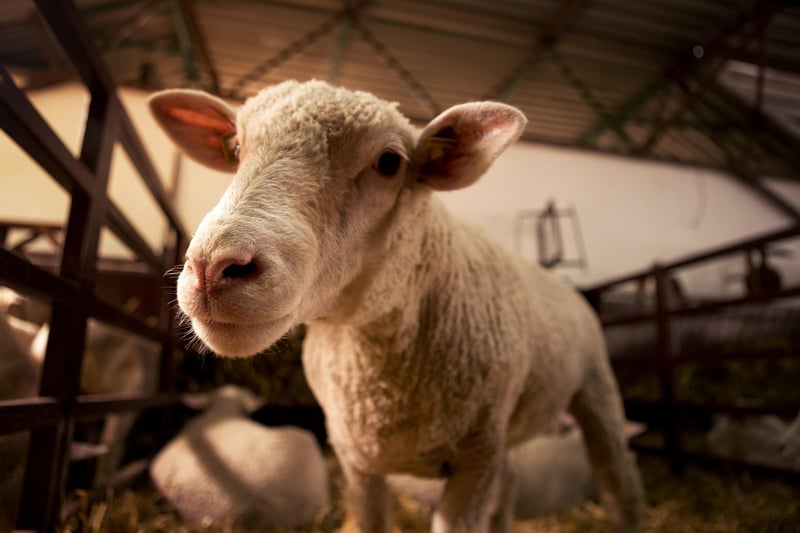Indoor Farming

Tips for Urban Plant Cultivation and Indoor Farming
Introduction
Urban settings often pose challenges for plant cultivation due to limited space and environmental factors. However, with the rise of indoor farming techniques, growing plants in urban areas has become more accessible and efficient. Here are some tips to help you cultivate plants in urban settings and explore indoor farming:
1. Choose the Right Plants
Opt for plants that thrive in indoor environments and require minimal sunlight. Herbs like basil, mint, and parsley are excellent choices for indoor cultivation. Succulents and cacti are also low-maintenance options for urban settings.
2. Utilize Vertical Space
Maximize your space by using vertical planters or hanging pots. This allows you to grow more plants without taking up valuable floor space. Consider installing shelves or trellises for climbing plants like ivy or philodendron.
3. Provide Adequate Lighting
Since natural light may be limited in urban environments, invest in grow lights to provide your plants with the necessary light spectrum for photosynthesis. LED grow lights are energy-efficient and effective for indoor farming.
4. Maintain Proper Ventilation
Good air circulation is essential for plant health, especially in indoor environments. Use fans to improve air circulation and prevent issues like mold or pests. Open windows periodically to let fresh air in.
5. Monitor Humidity Levels
Indoor environments can become dry, particularly during winter months when heating is used. To maintain optimal humidity levels for your plants, consider using a humidifier or placing a water tray near your plants.
6. Implement a Watering Schedule
Overwatering is a common issue in indoor gardening. Develop a watering schedule based on the specific needs of your plants and the moisture levels in the soil. Consider using self-watering pots for added convenience.
7. Nutrient Management
Use a balanced fertilizer to provide essential nutrients to your plants. Consider organic options for a more sustainable approach to indoor farming. Be mindful of the specific nutrient requirements of different plant species.
8. Regular Maintenance
Inspect your plants regularly for signs of pests, disease, or nutrient deficiencies. Prune as needed, remove dead leaves, and repot plants when they outgrow their containers. Regular maintenance ensures the health and vitality of your indoor garden.
Conclusion
By following these tips for urban plant cultivation and indoor farming, you can create a thriving garden in even the most limited spaces. Embrace the versatility of indoor farming techniques to enjoy fresh herbs, vibrant succulents, and lush greenery right in your urban home.
Start your indoor farming journey today and experience the joy of growing your own plants, no matter where you live!